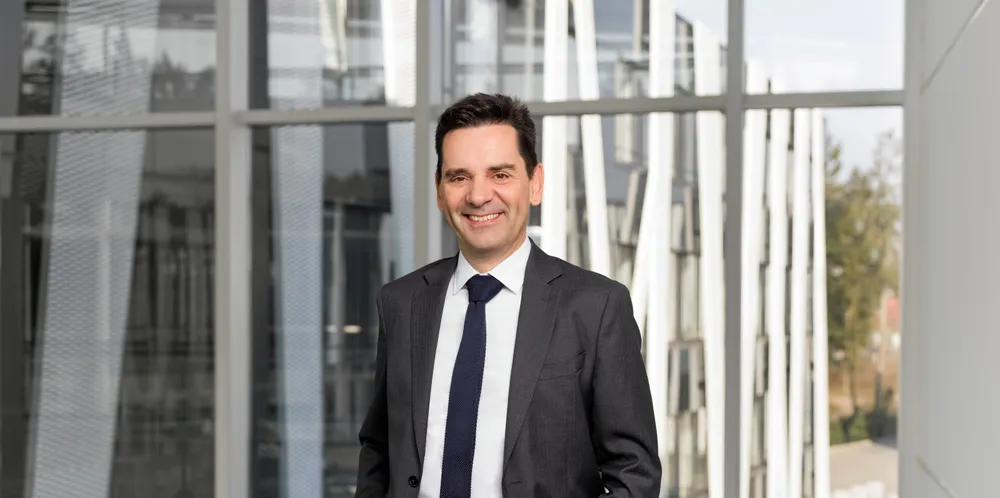'Home-grown wind energy is critical to Europe's competitiveness': WindEurope chair Blanco
OPINION | The European sector is on the way back from recent shocks but challenges remain, says the industry group's chair and Nordex CEO

OPINION | The European sector is on the way back from recent shocks but challenges remain, says the industry group's chair and Nordex CEO
